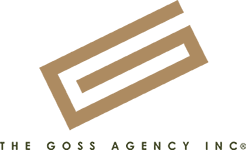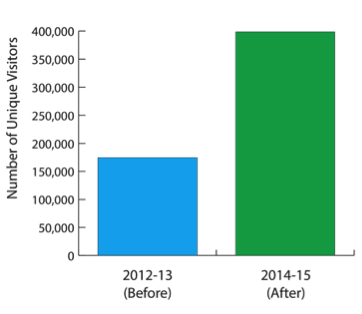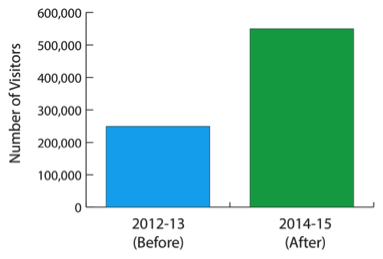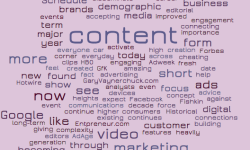By Scott Zeller, SEO & SEM Specialist, The Goss Agency
Sudoku, a popular numbers game, is a logic-based puzzle that requires you plug in numbers from 1-9 in the right combination to solve it and win the game. It starts with a few numbers and a partially completed 9x9 grid, and relies on you, the player, to fill in the rest.
The pay-per-click (PPC) industry offers a similar challenge. Starting with a few numbers from your Analytics and Adwords accounts, along with market research, you have to plug in the right numbers, while also A/B testing different combinations and strategies (otherwise known as the optimization process) until you maximize your conversions and achieve your marketing objectives.
In an update to a recent PPC client campaign, The Goss Agency was brought in to help a client maximize exposure to its regional flagship brand in the areas surrounding their retail locations throughout the Southeast.
Goals:
- Increase website traffic
- Increase foot traffic into all retail locations
- Educate the public about new and existing services and product offerings
- Grow aspirational customer base
In order to effectively achieve our goals, we researched the market, the tools, the products, and the competition, and conducted a SWOT analysis.
One of the biggest challenges in a PPC campaign is the landscape of tools and data available. This ever-changing dynamic is driven by technology, with Google leading the way. Because Google owns nearly 70% of the search engine market, we recommended the client marry its PPC endeavors to Google and all of their products and offerings. Bing and Yahoo were also considered, but both were outside the scope of the target market and budget.
Our Strategies:
- Target market favors the Google network by a large margin, so choosing the network was easy.
- Message was designed to creatively appeal to the client’s aspirational market.
- Vehicles were chosen based on lifestyle and importance: Google text ads, Google display ads, and YouTube pre-roll videos.
- Because the target market is a very busy, always-on-the-go professional group, we focused heavily on mobile media. And the best way to reach the mobile audience is through display ads and videos. This strategy paid off considerably, with over 80% of our reach coming via mobile devices.
- We used geotargeting to market within a half hour drive of each retail location.
- Our keyword research included a large selection of body and tail keywords to optimize conversions and minimize costs.
- Social media was also used to drive awareness and interest in the brand. Facebook was used as the primary tool, as it has the largest following within our target market.
Updated Results, from January 2014 – May 2015 (Campaign-To-Date):
- Online ads have reached over 43,000,000 impressions, with over 187,000 clicks through to the website.
- Using a display-based strategy, with the click-through rate (CTR) and conversions consistent, the average cost-per-click (CPC) was $0.70 per click. Before this strategy was implemented, the CPC was averaging nearly $2.00 per click
- Since the campaign began, traffic to the website is up over 200% (549,824 visits the last year and a half vs 249,514 visits the previous year a half). The number of unique visitors has also doubled (from 174,336 to 398,455).
- Conversions are up over 400% (From 28,087 to 125,976).
- Social interaction (Facebook likes and shares) up 139%.
Conclusion
So when managing your PPC campaigns, remember to pay close attention to the numbers. Keeping a control group, test different variables to find the best combination to maximize your return-on-investment (ROI). Watch for trends and patterns in the numbers and data, so you can be opportunistic in the moment. This is especially important in search engine marketing. And finally, pay attention to ever changing PPC landscape, so you have the best knowledge, tools, applications, strategies, and tactics available to make the best decisions for your client the minute that opportunity comes knocking.








